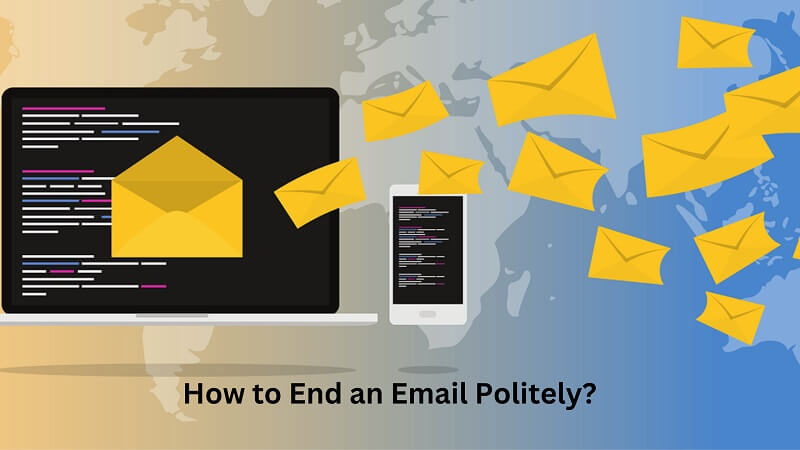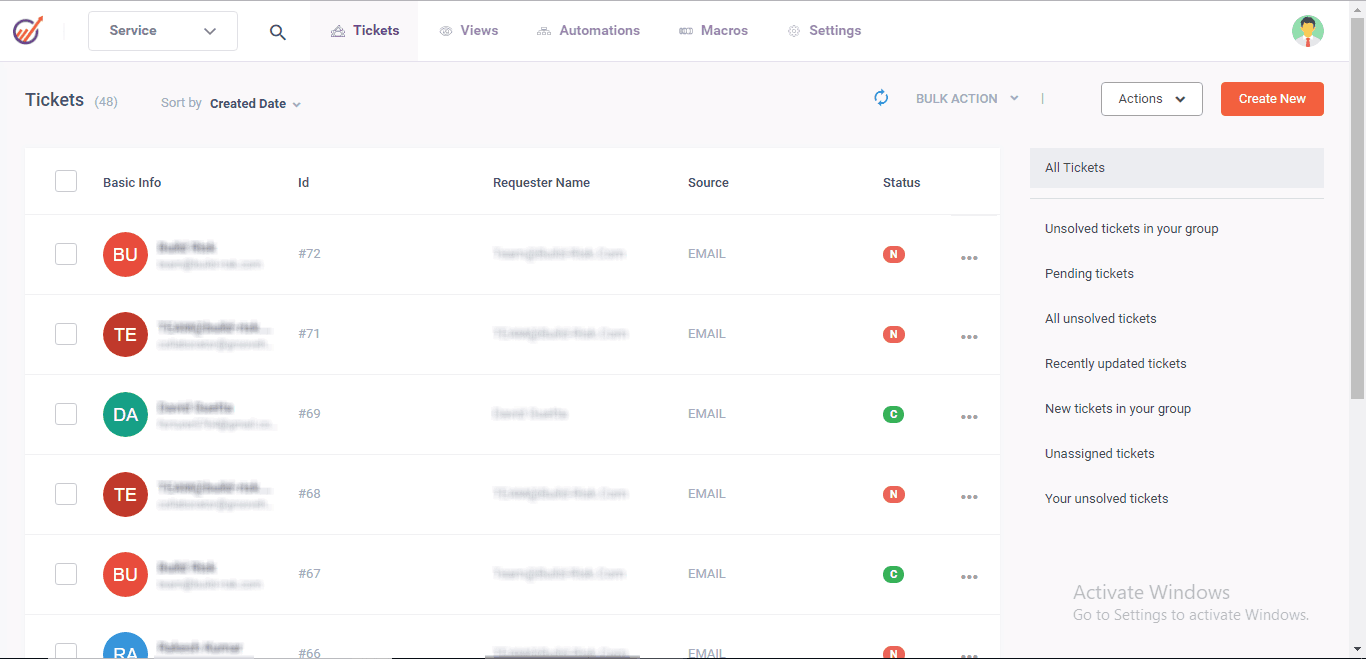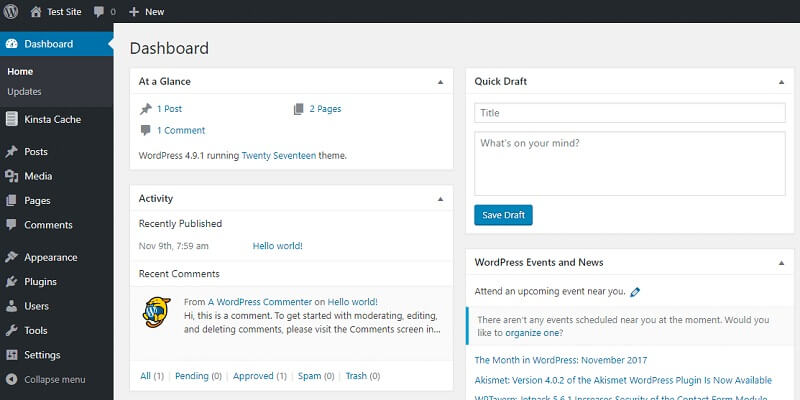After putting a lot of effort into crafting a business email, it’s time to decide How to End an Email. Writing emails that are clear, practical, and make a good impression on the receiver requires knowing how to conclude them effectively. This tutorial will show you how to write a professional email, including the best and worst ways to sign off, as well as what to include in your email signature.
How Do Email Endings Work?
An email conclusion is exactly what it sounds like: the conclusion of an email! Email ends consist of three primary parts.
- Closing words: The words or phrases you use to wrap up an email before you formally end it.
- Sign-off: The word or words you use just before signing the document.
- Signature on emails: Name; occasionally, further personal data as well.
So, what is the proper way to conclude an email? Let’s examine the finest approaches for each section of an email’s conclusion.
Closing Phrases for Professional Email Endings
It is customary to use formal email ending statements just before concluding the correspondence. The goal of your email should be reiterated, made clear, and concluded with a call to action.
Otis Perry, a business development representative at Forage, says, “I want to make sure the reader understands exactly what the next step I’d like them to take, whether I’m emailing a prospect to get a meeting or emailing a recruiter to get an interview.”
After receiving your email, the receiver needs to know exactly what to do next—whether that means scheduling a meeting, going over a document, or informing you of what comes next.
Examples of Professional Email Closing Phrases
- I really appreciate that we connected! I’m excited to talk to you on [day and hour].
- [The items you discussed] are what I sent along. Kindly check by [date] and let me know if you have any queries.
- Once again, I appreciate you coming to see me today. I’m eager to find out what comes next in the interview process.
Email Sign-Offs: Etiquette for Professional Email Endings
After you’ve completed the longest section of your business email, you’ll need to choose how to conclude the message. You can go right as long as you select a professional sign-off that fits the email’s context, even though some individuals have strong preferences regarding certain ones.
Daniela Camejo Sanchez, senior writer at content creation company WriterArmy, says, “I always say ‘thank you so much for your time,’ or ‘thanks in advance’ if the purpose of my email was to ask questions or if I’m providing instructions on a project to someone.” “It’s always a good idea to express gratitude and kind regards!”.
Samples of Formal Email Sign-offs: These sign-offs sum up an email professionally and tastefully without being overly personal. Warm regards, best wishes, and a big thank you in advance.
Examples of Informal Email Sign-Offs
Do you want to sign an email with a less formal feel? Even when using the Simple Mail Transfer Protocol (SMTP) to send an email, there are still ways to maintain professionalism while keeping a casual tone, especially when emailing a coworker with whom you have a rather informal connection. The following informal email sign-offs are nonetheless suitable for the workplace:
- I hope you have an amazing day.
- Keep checking back, cheers
- Be careful.
- Speak soon! Let’s go on!
- Anticipating a response from you. Many thanks
Embarrassing Email Sign-Offs
A few formal email sign-offs are best avoided since they are either too informal or unsuitable for the job. Some instances of these are:
- Thank you very much
- Yours sincerely XO
- Goodbye.
- Until then
- ✌️ (or any other emoji)
What a Professional Email Signature Should Contain
Once you’ve signed off, you should add your name and a few other facts, depending on who you’re speaking with. You should provide more contact details and a link to your website, for instance, if you’re chatting with a recruiter or a networking acquaintance. In addition to your name, you can think about adding:
- Your current title
- Your college and year of graduation (should you be a student)
- Your mobile number
- Your electronic mail address
- Where are you?
- A URL pointing to your online portfolio or website
- A URL to your professional social networking profiles, such as LinkedIn
When concluding a professional email, what tone should you use?
Knowing who you’re dealing with is crucial, according to Camejo Sanchez, when deciding what tone to employ after a business email.
“Do your research, especially if this is the beginning of a conversation with someone you don’t know,” advises Camejo Sanchez. “Consider how they professionally carry themselves. What kind of personal brand do they have? Do they appear to prefer formal interactions over more informal ones, or the other way around? Reading a handful of a person’s professional internet posts might reveal a lot about them.
However, Perry advises keeping in mind that a human is behind every email, regardless of the recipient.
He states, “I usually try to walk the tightrope between a formal and casual tone.” “I really want to be considerate and avoid saying anything that will irritate or bore the reader. But to make my email simpler for readers to read, I want to humanize it as much as I can and speak in a conversational tone.
Conclusion: How to End an Email
When deciding how to close an email professionally, make sure your wording is concise, useful, and provides the reader with all the information they need to proceed. That does not imply that you have to be without emotion or humanity. Recall that a second person is hiding behind the screen.
Perry advises against being overbearing or presumptuous in your emails while requesting someone’s time or attention. “I believe it’s critical to speak with humility and confidence at the same time.”
Interesting Related Article: 8 Ways to Get Free Domain Email for Business Use.



